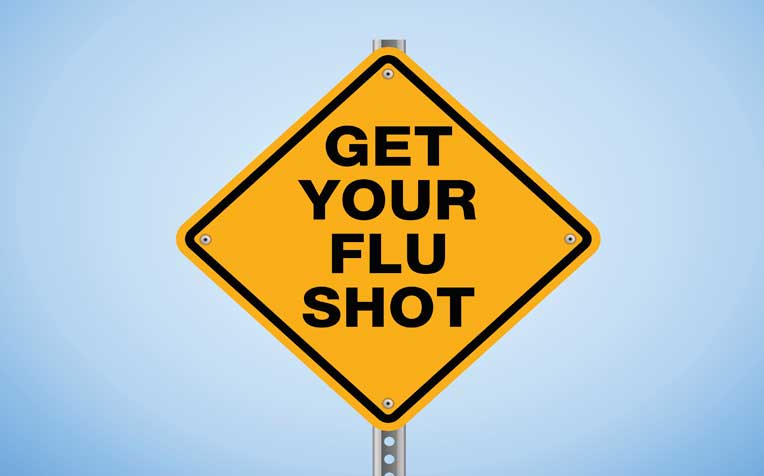
Flu vaccines can reduce the severity of flu and COPD symptoms, as well as the risk of pneumonia.
Flu shot reduces severity of COPD symptoms and risk of pneumonia
Every breath 59-year-old Mr T takes is a struggle. A little respite means a lot to him. And respite for him came in the form of a flu shot. “The doctor recommended the flu vaccination and I felt it was worth the $25 to protect myself from getting sick so often,” he said.
Mr T suffers from chronic obstructive pulmonary disease (COPD) – a lung disease which frequently leaves him breathless and wheezing. The condition is not curable, but symptoms can be managed with medication and, in severe cases, oxygen therapy. About 90 per cent of sufferers are smokers, as the toxic chemicals inhaled do irreversible damage to the lungs.
Mr T is one of about 100 patients who benefited from a project by Bukit Merah Polyclinic to encourage elderly COPD patients to get the flu shot. When the project started in February 2011, no COPD patients had been vaccinated. Three months later in May, 30 per cent had received it. The polyclinic intends to increase this to 70 per cent by February this year.
What the vaccine can do
Dr Tan Yew Sang, Family Physician at SingHealth Polyclinics – Bukit Merah, a member of the SingHealth group, said COPD patients can benefit from the flu vaccine. It can reduce the severity of flu and COPD symptoms, as well as the risk of pneumonia. “Studies show the influenza vaccination reduces the hospitalisation rate by 52 per cent and the death rate by 70 per cent," said Dr Tan.
“Our COPD patients – many of them are above 65 years of age – have poor lung function. If they get influenza, it could worsen their COPD symptoms and cause other complications like pneumonia. This can then result in hospitalisation and, in severe cases, death.”
Studies in Europe indicate estimated savings of £50 (S$100) per elderly person vaccinated. Hospitalisation means a loss of earnings for the patients and family members who care for them. Another upside is that the more people vaccinated against flu, the lower the chances of the virus spreading. “This can impart community immunity,” said Dr Tan.
Protecting COPD patients in Singapore
In Singapore, there are about 60,000 patients with moderate to severe COPD and about 2,000 of them are warded every year for the condition. Bukit Merah Polyclinic has about 300 COPD patients. “The aim of the project was to protect as many of them as possible from flu complications,” said Dr Tan.
“We found a lack of awareness among healthcare providers and patients of the benefits of the flu vaccine, which was an obstacle to vaccination,” said Dr Tan. To address this, the team held a talk to educate healthcare providers, as well as highlight and manage patients’ concerns about the possible side effects.
“Some side effects include mild fever and muscle ache or tenderness at the injection site. But these are resolved in a few days,” said Dr Tan.
The polyclinic created awareness by putting up posters in public areas, while counter staff handed out pamphlets, printed in three languages, to inform COPD patients and others about the vaccine.
The vaccination can also benefit young children, the elderly and anyone with a chronic disease like diabetes, kidney disease or a heart condition. The team found that many patients, once informed of the benefits, were keen to get the vaccination.
Ref: T12
Contributed by
















 Get it on Google Play
Get it on Google Play